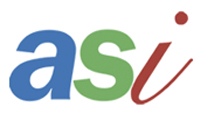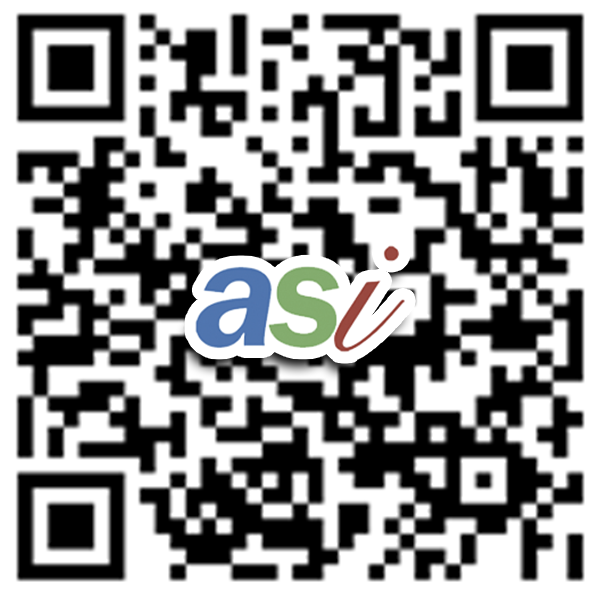More.
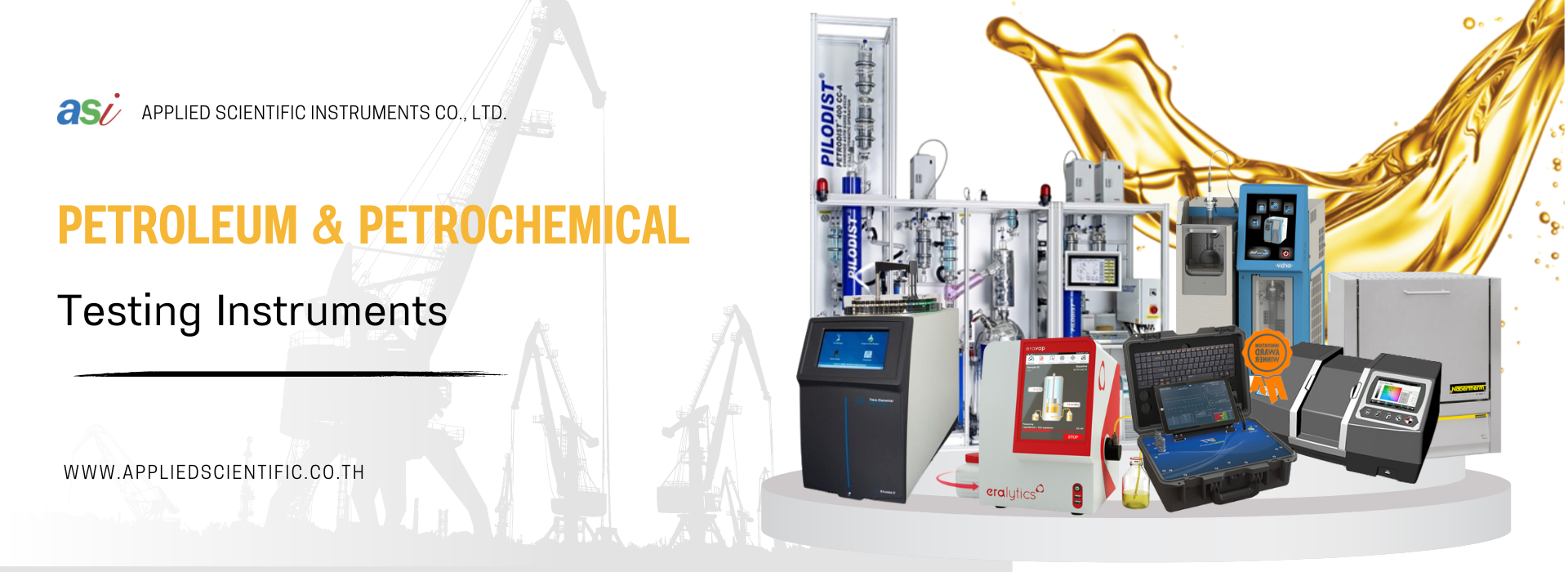
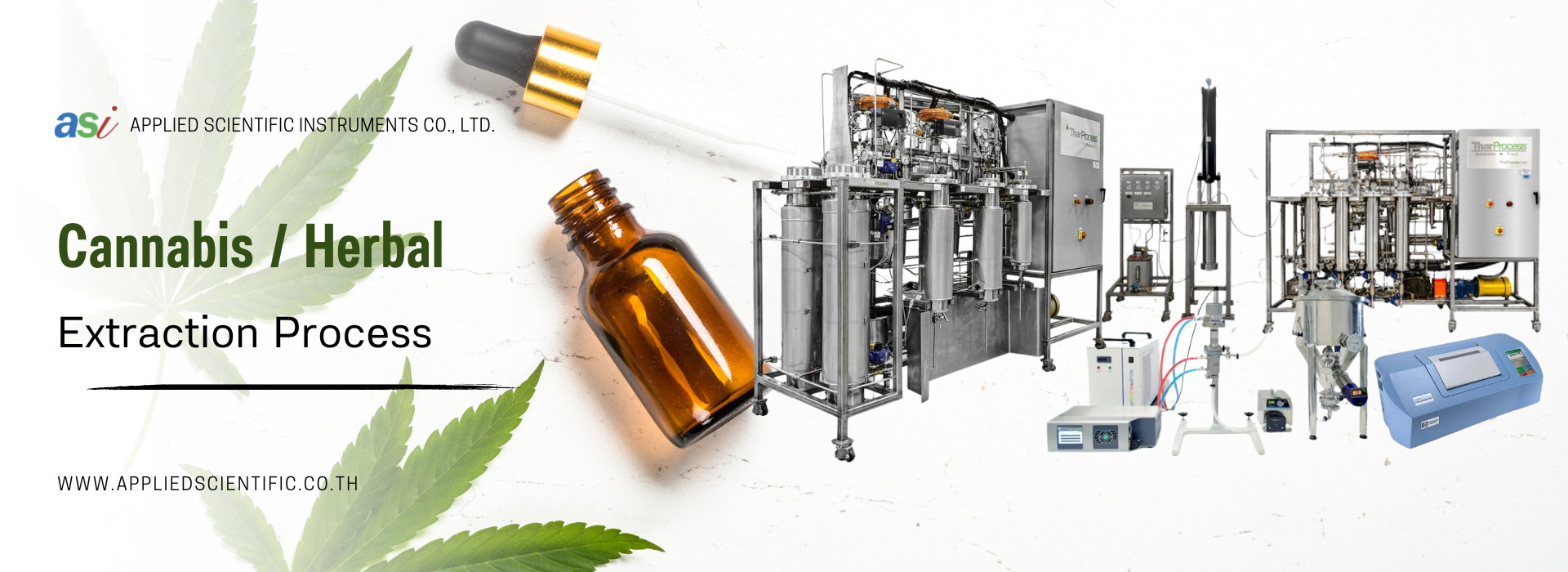
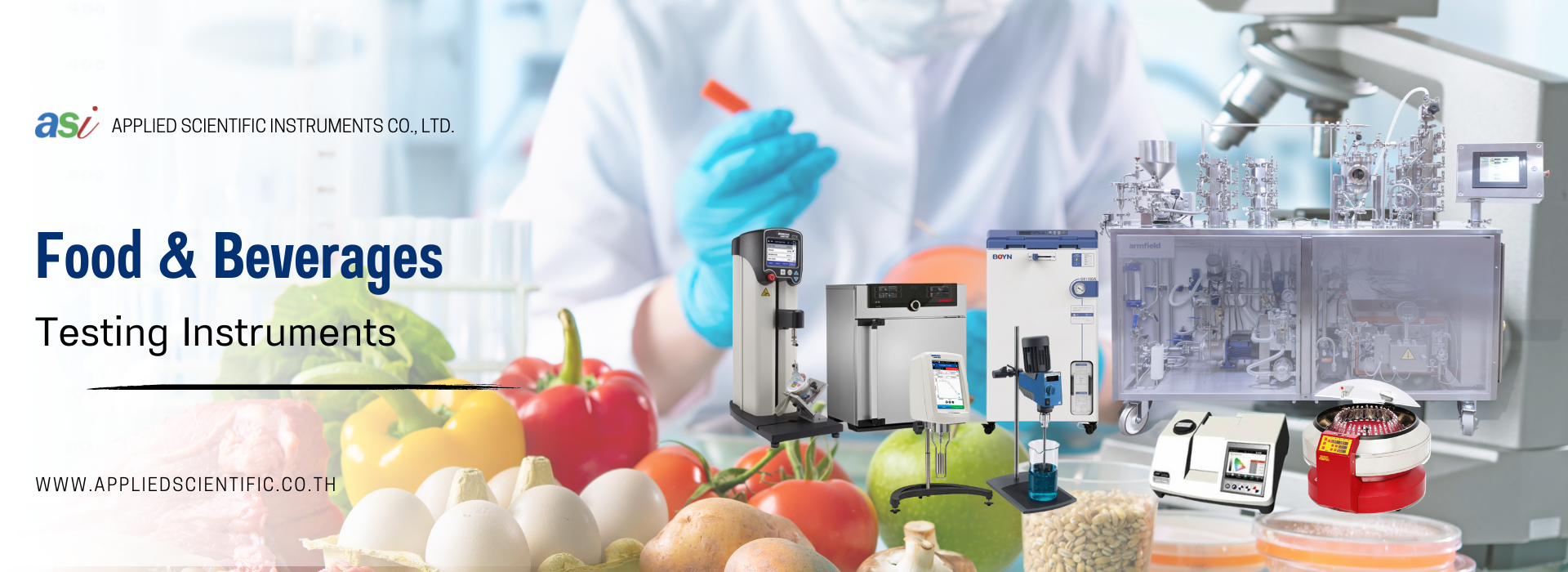
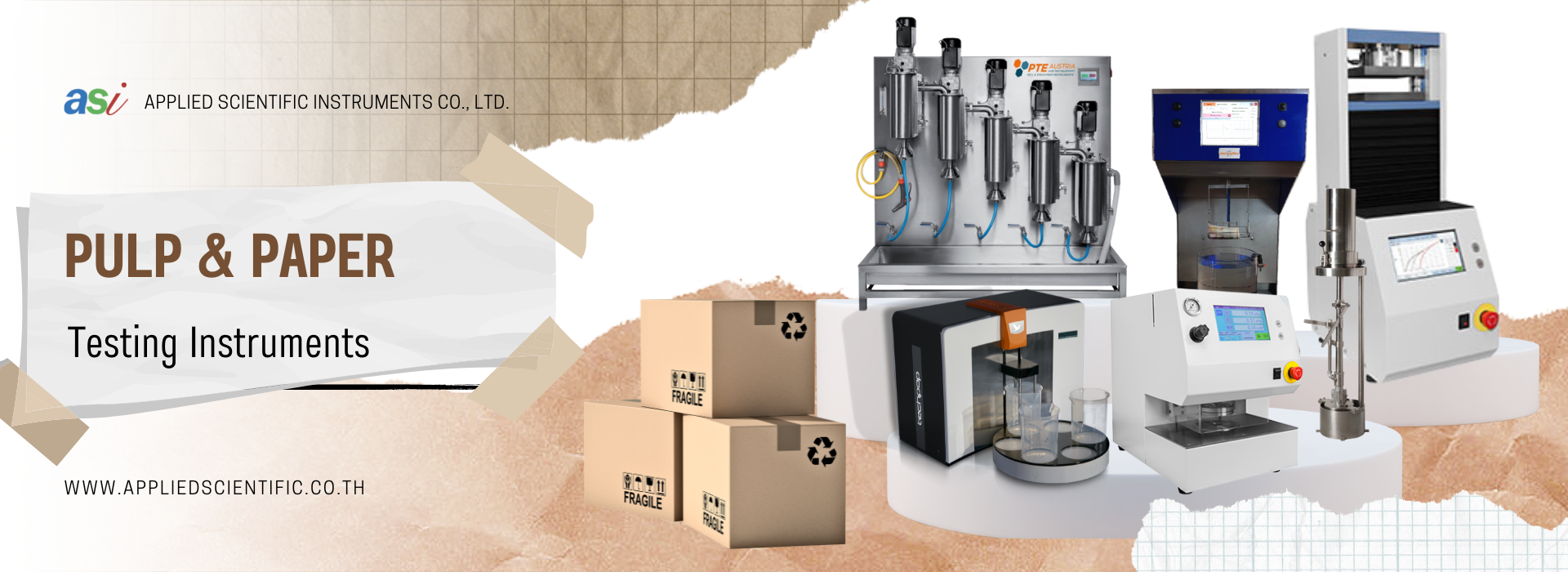
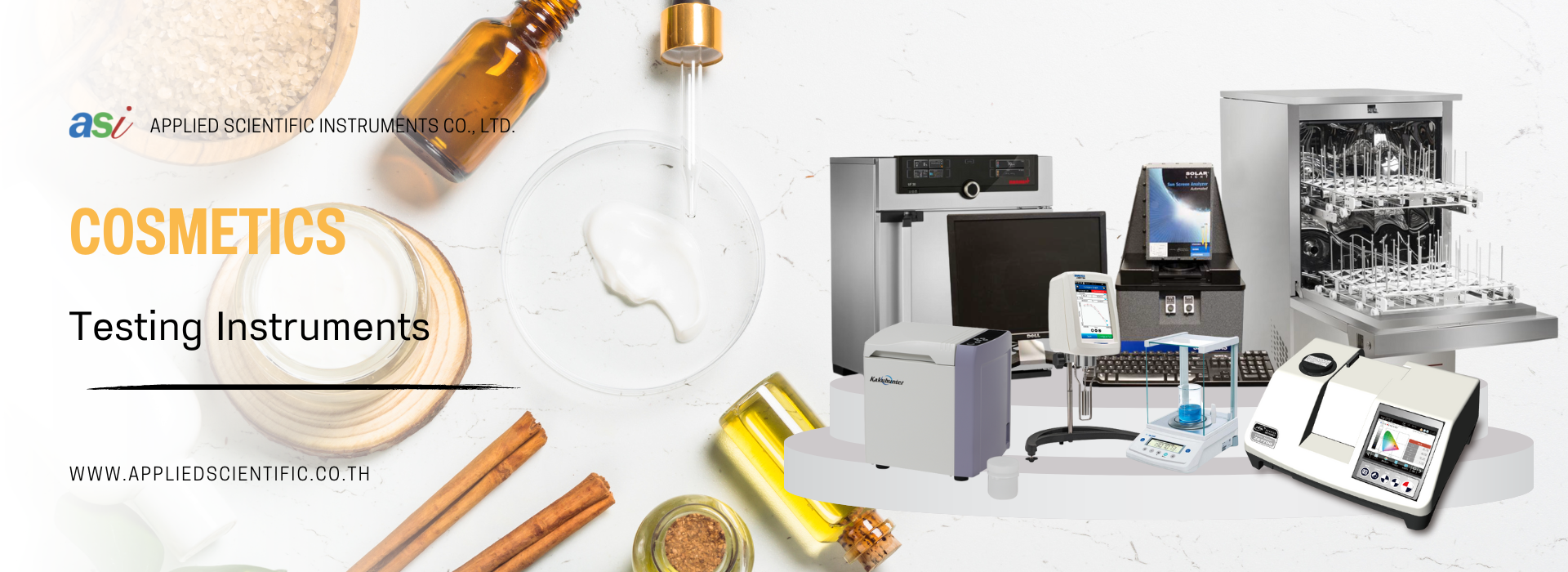
เครื่องทดสอบอาหารและเครื่องดื่ม
เครื่องทดสอบผลิตภัณฑ์ปิโตรเลียม ปิโตรเคมี
เครื่องทดสอบกระดาษและบรรจุภัณฑ์กระดาษ
เครื่องทดสอบเครื่องสำอางและยา
เครื่องสกัดสารจากสมุนไพร กัญชง กัญชา
เครื่องมือทดสอบทางด้านวัสดุศาสตร์
เครื่องประกอบการสอนสำหรับสถาบันการศึกษา
เครื่องมือทดสอบทางด้านสิ่งแวดล้อม
เครื่องมือทดสอบสีและการพิมพ์
Ad Systems
ATS
Armfield
Aczet
Bellingham & Standley
Bettersize
Canneed
Chilworth
Eralytics
Gist
Flucon GmbH
Ducom
biolab
Filtertechnik
PRECISEPRO
RION
STANSTED
Elite
A.KRÜSS Optronic
Novomatics
เครื่องวัดความหนืด
เครื่องวัดจุดวาบไฟ
เครื่องสกกัดสมุนไพร
เครื่องวัดสี
เครื่องกลั่นน้ำมันปิโตรเลียม
เครื่องวัดเนื้อสัมผัส
เครื่องวัดกำมะถันในน้ำมันปิโตรเลียม
เครื่องวัดโลหะอันตรายตามมาตรฐาน RoHs
เครื่องวัดแรงกดกกล่อง
เครื่องวัดขนาดเส้นใยกกระดาษ
เครื่องทดสอบ Double Seam ของกระป๋อง
เครื่องทดสอบ Burst Test ของขวดพลาสติก
เครื่องวัดความหนาขวดพลาสติก
เครื่องทดสอบการฆ่าเชื้อด้วย UHT
เครื่องเตรียมตัวอย่างเครื่องดื่มอัดก๊าซ
10 พฤศจิกายน 2566
ผู้ชม 161 ผู้ชม
The four-ball test is a fast, repeatable and an accurate way to test lubricants for their wear preventive, extreme pressure and frictional properties. With high levels of automation, the FBT-3 makes this test easy to run. Its simple interface hides powerful features and technologies.
A patented friction measurement system, automated scar prediction system and other features make four-ball testing more accurate and convenient than ever.
Oils, Greases, Metal Working Fluids and Additives
The FBT-3 complies with various international test standards for extreme pressure, wear preventive and coefficient of friction measurement tests. Other standards can also be met using specialized attachments that are available for the tester.
